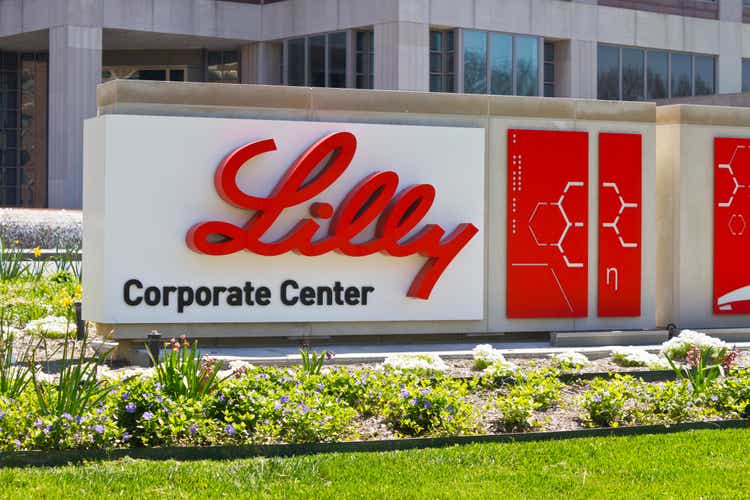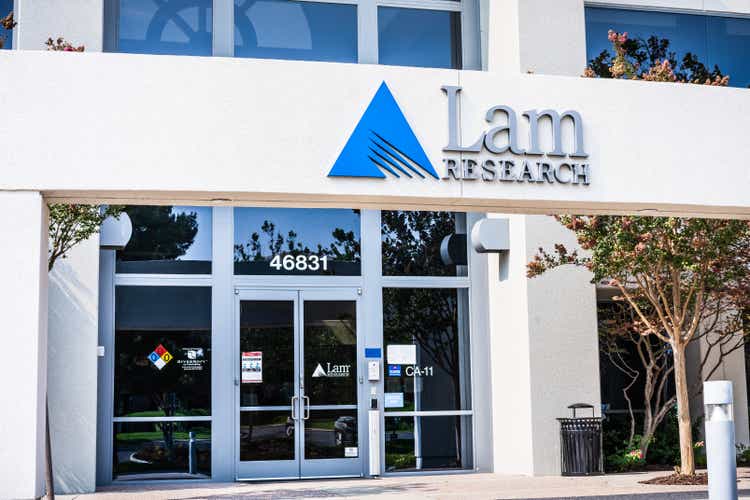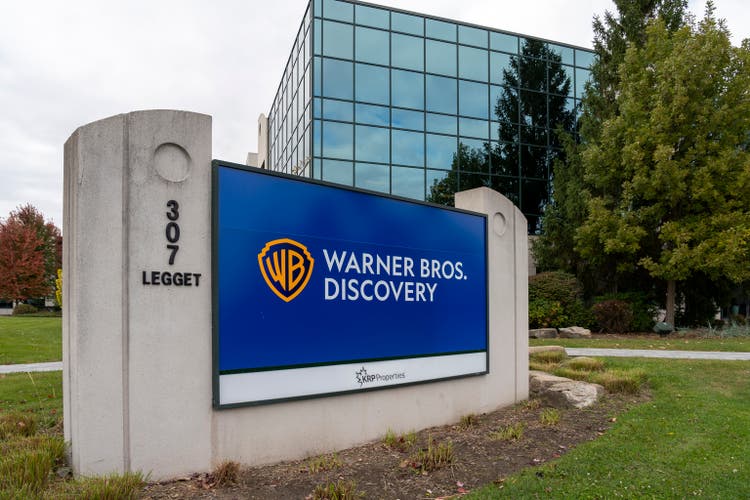Welcome to Eye on AI! In this edition…agentic AI at Brainstorm Tech…Microsoft to buy AI from Anthropic in partial shift from OpenAI…Oracle shares skyrocket on announcement of massive AI deals…AI is coming for YouTube creators.
I’m on my way back from Fortune Brainstorm Tech, where I spent the week in the mountains of Park City, Utah, with about 300 AI-focused executives—and I’m still thinking about AI agents. (I probably should be thinking about the wind in the evergreens and the first hints of fall color, but that’s life on the AI beat.)
One of the most popular panels I moderated was on AI agents: autonomous software systems that can perceive their environment, make decisions, and take actions toward goals with little or no human intervention. Full disclosure: The session was sponsored by Salesforce, which has a major stake in the space with its Agentforce platform.
But the conversation went far beyond one company’s pitch. Leaders from Zillow, Experian, and Okta joined to discuss how agentic AI is beginning to take shape inside large enterprises. Their consensus: Agents aren’t just souped-up chatbots. While it’s still early days, they represent a shift from tools that simply follow instructions to systems that can act on context—ideally within the guardrails companies set.
Shibani Ahuja, senior vice president of Enterprise IT Strategy at Salesforce, shared what I consider to be a really useful “maturity model” that helped me understand the evolution of AI agents within enterprise companies:
- Level 0: The copilots we all know—tools like ChatGPT, Claude, or Gemini that retrieve information and respond to prompts.
- Level 1: Agents that not only surface information but also recommend next actions (say, suggesting how to resolve a customer support ticket).
- Level 2: Agents that begin autonomously handling routine tasks in siloed data environments—scheduling meetings, sending follow-up emails, or pulling from internal calendars and email systems.
- Level 3: The real turning point—agents that can orchestrate workflows across multiple domains. Think an agent managing a sales pipeline by combining CRM data, support tickets, and financial reports to deliver a full customer picture.
- Level 4: Still largely aspirational—a world of “any-to-any” agent interoperability, where systems talk to one another across organizations. Imagine agents from different platforms collaborating to process orders, manage inventory, and route customer feedback in real time.
Nicholas Stevens, vice president of product for AI and home loans at Zillow, offered a concrete example of where the company is on this maturity scale—which, to my ear, sounded like Level 1 edging into Level 2. Zillow owns Follow Up Boss, one of the largest CRMs for real estate professionals, where AI is being used to lighten the load of human real estate agents juggling calls, notes, follow-ups, and property tours.
At first, Stevens explained, the tools are basic—summarizing calls or drafting a message that a human agent can edit. But over time, they begin taking on more autonomous tasks, like sending a pre-approval letter or booking a tour. The progression isn’t just about the technology, he said, but about user trust. Many real estate agents prefer to review and customize outputs early on. Yet as the system learns their tone, quirks, and even emoji preferences, they become more comfortable handing off responsibility.
Kathleen Peters, chief innovation officer at Experian, said the company already has conversational agents that recommend actions and now carry them out—for example, walking a customer through the steps to boost a credit score. On the B2B side, Experian’s agents are helping financial institutions assess risk in loan and credit card underwriting, shifting decision-making power from data science teams to product managers and even retail bankers. Looking ahead, Peters said the next step is “agents talking to agents, especially with a number of our partners like Zillow.”
One of the things I’m particularly concerned about, though, is agent security—especially as companies start implement protocols like MCP (Model Context Protocol), a framework that standardizes how LLMs connect to and interact with external data sources, tools, and services. When I asked how many in the room had already implemented MCP in their organizations, many raised their hand. Bhawna Singh, chief technology officer of cybersecurity platform Okta, put my concern into perspective: She pointed out that before MCP, there wasn’t even a common understanding to start from regarding AI agents. While it’s early days, she said, and she acknowledged that MCP opens up a new attack surface that boosts the risk of malicious or spoofed agents, having a standard is a big step forward. Clearly, though, many enterprises won’t be able to get to Level 3 or Level 4 without more confidence in the safety and security of protocols like MCP.
Salesforce’s Ahuja agreed that the future was not about building agents that are “wild and free.” Instead, it would be about setting deterministic parameters for the things that must be consistent and reliable, while allowing adaptive reasoning where richer, more context-dependent answers are valuable.
I came away a bit surprised at how seriously these executives are taking the journey towards implementing AI agents across industries. They seemed realistic yet optimistic, even though there is plenty of hype out there–just six months ago, my former colleague Sage Lazarro wrote in Eye on AI that some AI agent customers said the reality did not match the hype. Maybe it’s just like some of the young trees that were swaying outside my hotel window in Park City: growing fast, not yet fully mature, but still well worth watching.
With that, here’s the rest of the AI news.
Sharon Goldman
sharon.goldman@fortune.com
@sharongoldman
This story was originally featured on Fortune.com

 3 hours ago
1
3 hours ago
1





















 English (US) ·
English (US) ·